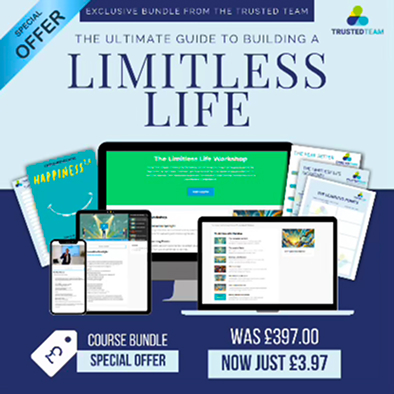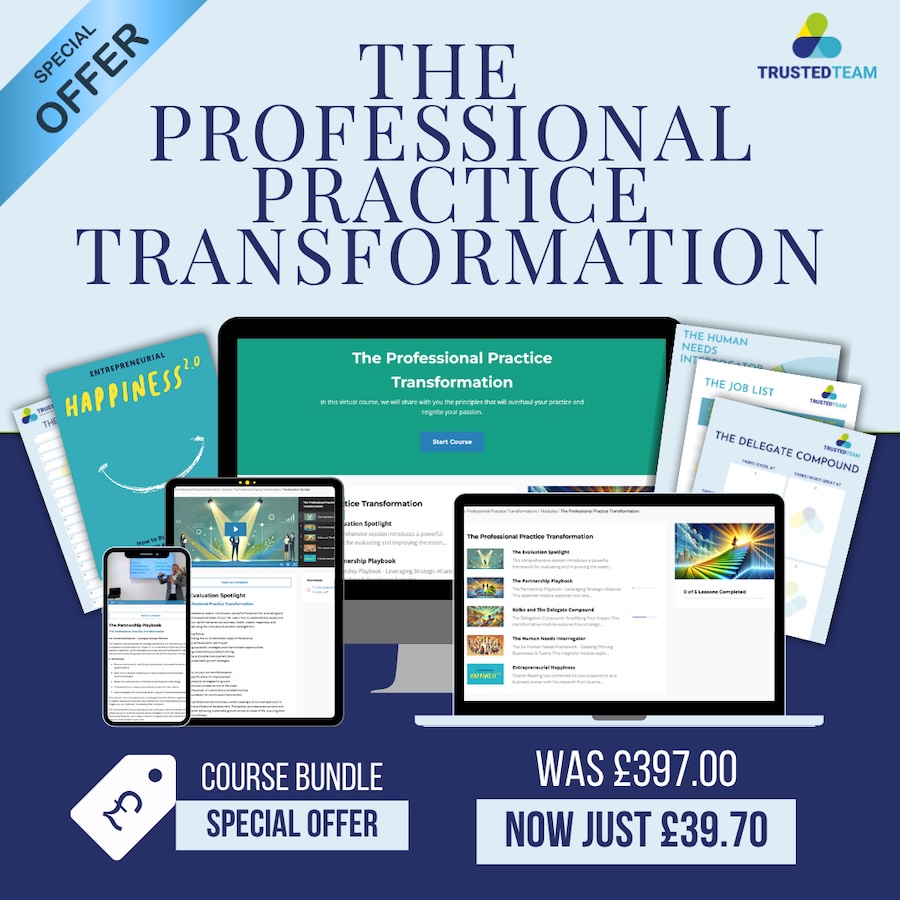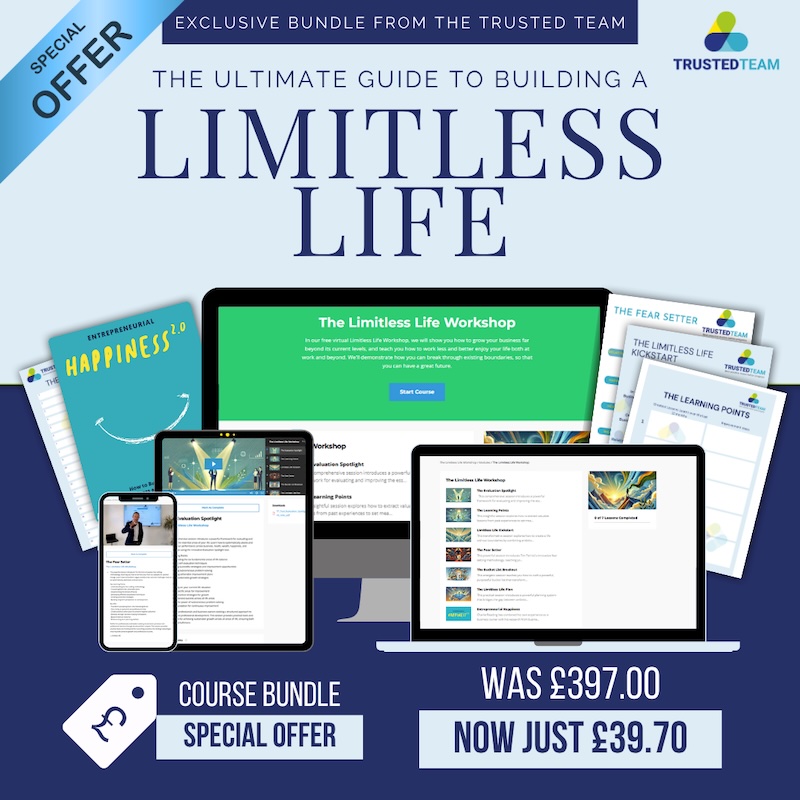The 5am Club: Own Your Morning, Elevate Your Life
Listen to the podcast summary here
Robin Sharma's "The 5AM Club" presents a deceptively simple idea with transformative potential: wake up early to create an hour of uninterrupted focus on your most important priorities. Its principles have helped countless high achievers transform their productivity and wellbeing.
The core premise is that 5AM is "the time of least distraction, highest human glory, and greatest peace." By rising before others, you gain a distraction-free sanctuary to focus on what truly matters. However, the specific time isn't critical - what's important is creating this "victory hour" before the demands of the day begin.
What makes this approach so powerful is the 20/20/20 formula that structures your morning hour:
- Move (20 minutes): Begin with physical activity to energize your body, increase blood flow to the brain, and prime yourself for the day. This doesn't need to be intense - even a brisk walk or gentle yoga can activate your physiology and enhance mental clarity.
- Reflect (20 minutes): Engage in mindfulness practices like meditation, journaling, or planning. This time helps you process emotions, clarify priorities, and cultivate gratitude - creating mental space before the day's demands.
- Grow (20 minutes): Dedicate time to learning through reading, listening to educational content, or studying. This consistent investment in personal development compounds dramatically over time.
The beauty of this framework is its flexibility. Many practitioners adapt it to their needs - perhaps extending physical training while listening to educational content simultaneously, or arranging the segments differently. What matters is building the habit of prioritizing these three elements early in your day.
One of the book's most valuable insights is what Sharma calls the "Four Interior Empires" - the foundations of a well-lived life:
- Mindset: Your psychology and thought patterns
- Heartset: Your emotional wellbeing and connections
- Healthset: Your physical vitality
- Soulset: Your spiritual foundation and deeper purpose
The victory hour helps strengthen all four areas, creating balance across these critical dimensions of life.
Forming this habit follows what Sharma calls the "66-Day Habit Installation Protocol":
- The first 22 days are challenging as you resist hitting snooze
- The middle 22 days feel inconsistent but increasingly natural
- The final 22 days establish automaticity, making early rising your new normal
Sharma emphasizes this isn't about sleeping less - quality sleep remains essential. He recommends winding down early with a deliberate evening routine: finishing your last meal by 7PM, turning off screens, connecting with loved ones, and creating a calming pre-sleep environment.
What makes this approach so effective is how it leverages the "Twin Cycles of Elite Performance" - balancing periods of intense focus with deep recovery. Just as elite athletes alternate between training and rest, mental performance requires the same rhythm. The morning victory hour represents focused work, while quality sleep provides recovery.
The real power of the 5AM Club isn't just productivity - it's transformation through small, consistent actions. As Sharma writes, "If you take excellent care of the front end of your day, the rest of your day will take care of itself." By prioritizing movement, reflection, and growth before distractions begin, you create a foundation that elevates every other aspect of your life.
Whether you choose 5AM or another early hour, the principle remains: own your morning to elevate your life.



